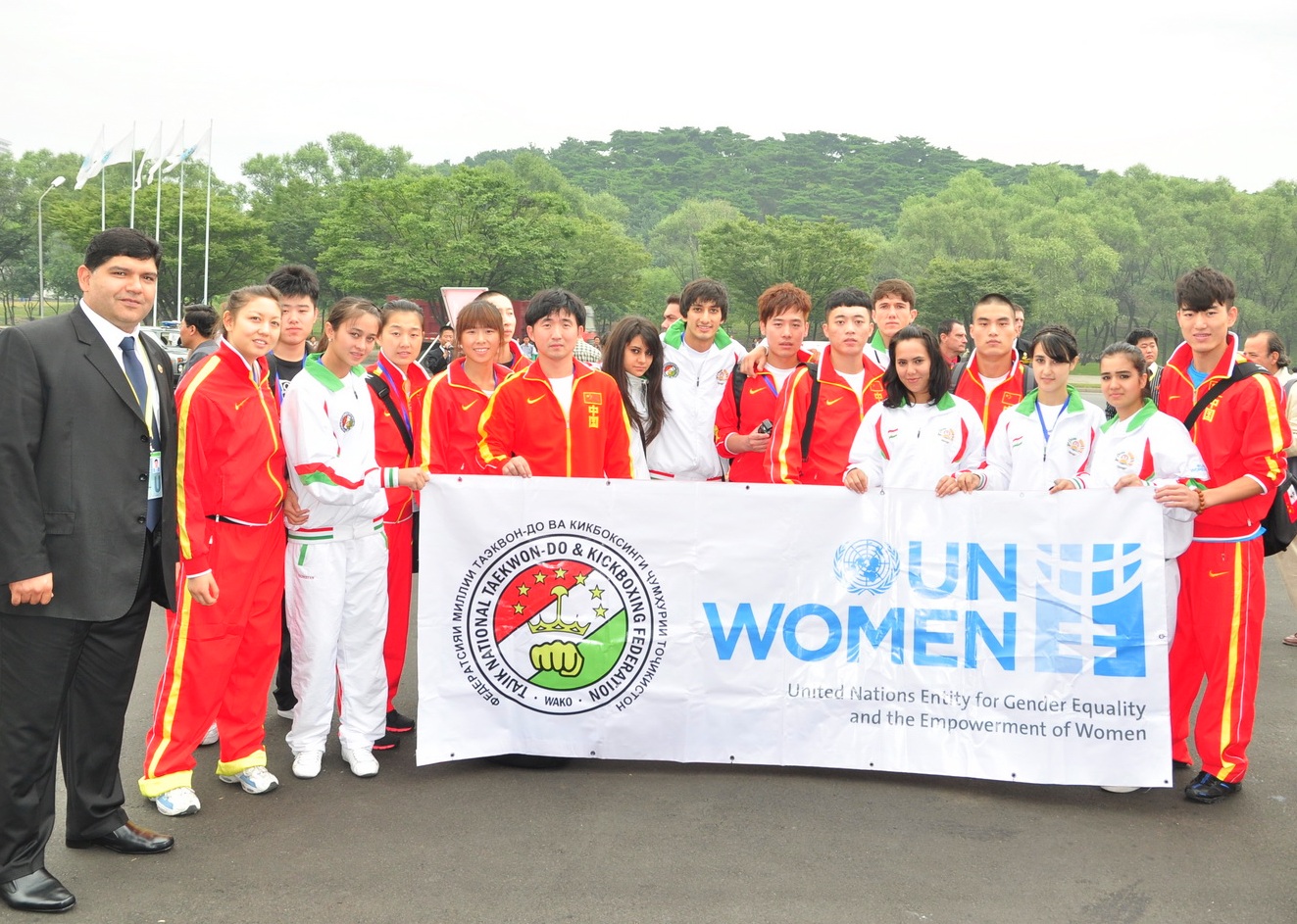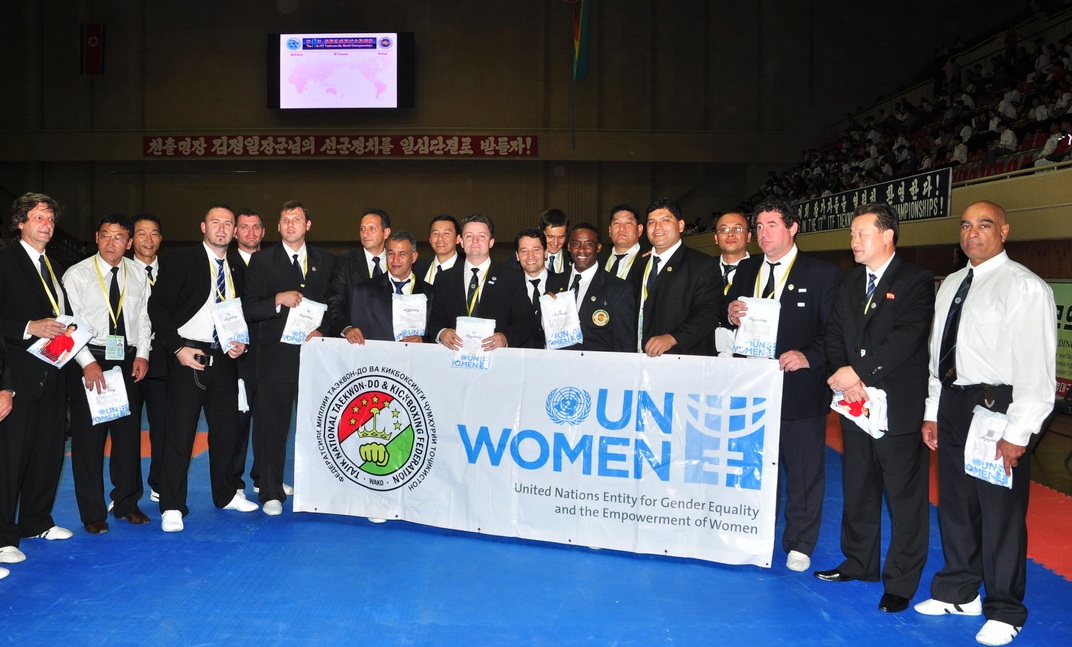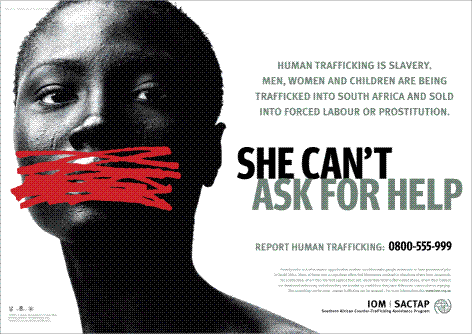A communication channel is the means by which the campaign reaches its audience, for example print media, modern audio-visual media (e.g. radio, TV), the internet, or interpersonal channels (e.g. community outreach events, visiting target audience members in their homes). For effective messaging, communication channels must be chosen to capture the target audiences’ attention frequently and precisely. Formative research involving members of the target audiences reveals the most effective channels.
Practical Instructions
To identify effective communication channels for a campaign:
a) List your different target audiences, and any specific segments within those target audiences that are particularly important for the success of your campaign.
b) Where, in which types of places do typical representatives of the audience (or audience segments) spend most of their time throughout an average day?
c) Where does your message have the best chance of catching their attention? Consider both “real life” venues, such as public transport, markets and shopping malls, and “virtual” spaces such as radio channels, TV programs and web-based social networks.
d) Based on this analysis, determine which of the communication channels identified you can afford, or gain external support for.
Questions to be asked may include:
- Who, in your organization or alliance, has experience working with which types of media?
- Can you obtain pro bono support from an advertising company?
- Is free air-time available from TV or radio stations, including community radio?
- What community organizations could pass on the message?
- What additional resources can be mobilized, e.g. by enlarging the alliance, hiring specialists or contracting out parts of the communication work?
Examples:
In the framework of the Secretary-General’s UNiTE Campaign, the Tajikistan Taekwondo Federation and North Korea National Federation of Taekwondo and Kickboxing Team promoted Zero Tolerance to violence against women through a large-scale awareness raising effort that reached more than 800 athletes from 84 countries.


The Southern Africa Counter-Trafficking Assistance programme (SACTAP) run by the International Organization for Migration (IOM) used (i) theatre performances and (ii) a 13-part serial radio drama to raise awareness on human trafficking among the Mozambican community in South Africa, especially miners, and encourage people who may have been trafficked or potential whistleblowers to seek help, e.g. by calling the IOM hotline. The combination of these two channels enabled the IOM to reach out to a large audience via the radio drama, and engage people more actively through the theatre show held near the targets’ main areas of activity.

Listen to the Dealers/Troco radio serial.
~~~~~
The theatre play Khuluma Africa was performed by a youth group, Alertas da Vida. Its messaging was developed in a process involving formative research and consultation with key stakeholders and community members. It was found that to reach the diverse segments of the target audience effectively, it was necessary to bring the production to a range of venues, including churches, clinics, transport ranks, mining hostels, night clubs, and public spaces in Johannesburg CBD and mining communities. (Graham, 2008)
~~~~~
The University of New Hampshire in the United States ran the ‘Know Your Power’ campaign for two months in 2010, targeted at students on the college’s campus. The campaign used social marketing communication channels to focus on students’ roles as bystanders and how they could prevent or intervene in situations of sexual and intimate partner violence and stalking on campus. The channels used were considered the best means of catching the attention of students and generating campus-wide awareness in a short period of time. The Know Your Power campaign is the social marketing component of the university’s nationally known ‘Bringing in the Bystander’ violence prevention programme.
The campaign was developed around a series of eight images, which were put on posters hung at strategic areas around campus (such as fraternity/sorority houses), on ‘table tents’ at all university dining facilities, on the side of university shuttles and off-campus buses, and on bookmarks distributed at all campus and off-campus bookstores and libraries. In addition, the images appeared as ‘pop-up messages’ every time students logged on to any university computer. A public service announcement was developed to be screened at all athletic events, and a special welcome pack was given out to all first-year students containing campaign products and information. A dedicated campaign website was also set up with a checklist for bystander action, important phone numbers to report violence or assist victims, and information about federal and New Hampshire state laws regarding sexual and domestic violence and stalking.
The Know Your Power campaign has undergone an evaluation and preliminary results show a promising variation in the awareness of students who reported seeing the campaign images and those that did not, and demonstrate a relationship between identifying with the situation in the posters and internalizing the campaign messages.
RESOURCES:
Developing Effective Communications Materials – Report by Raising Voices of a regional training workshop in 2008 on skills for development of effective communication materials for the prevention of gender based violence in the Horn, East and Southern Africa. For a quick reference and checklist, see Guidelines for Creating Communications Materials on Violence Against Women.
Picturing a Life Free of Violence: Media Communication Strategies to End Violence Against Women (2001)- Report by UNIFEM and Johns Hopkins University Center for Communication Programs (JHUCCP) is a resource for practitioners and organizations addressing issues of violence against women (VAW). The guide presents a variety of media and communications strategies used in different parts of the world. Available in English and Spanish
Report by EQUITY Tanzania on a training workshop in 2003 on communication for advocacy to eradicate gender-based violence. Useful tips and lessons learned in developing communications strategies for advocacy campaigns. A distinction is made between people-centered advocacy and policy-centered advocacy.
The Multimedia Training Kit by ItrainOnline (2003) is an online resource that focuses on the technical aspects of how to use new media to communicate development messages. Sections include searching the Internet, digital audio production, databases, and content development skills – there are also specific materials on the theme of VAW. Available in English, French, Spanish, Arabic and Russian.
Empowering Messages: What You Should Know: Strategic Communication and Gender-based Violence, Media Monitoring Africa.